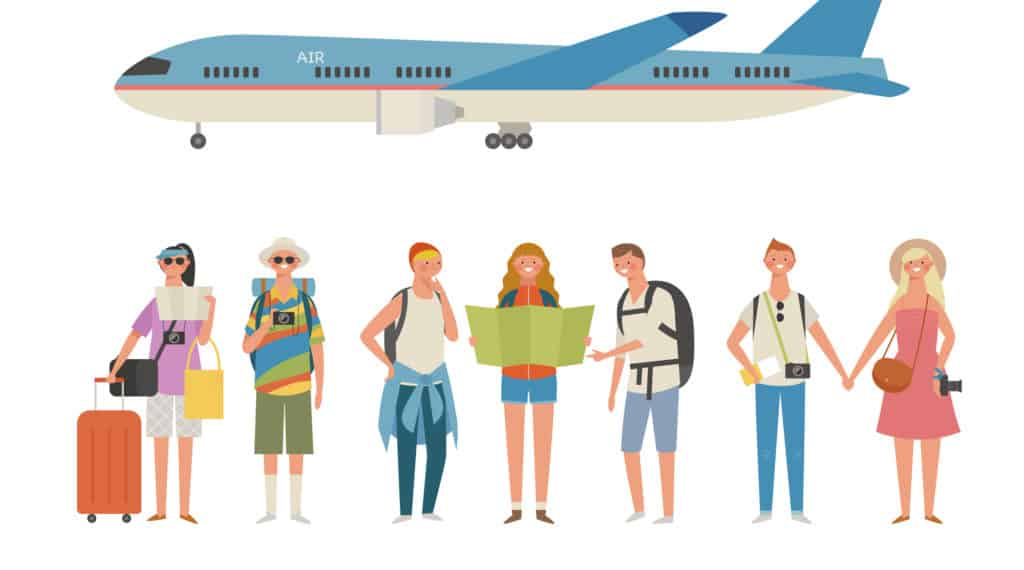It’s that time of year when the ‘V’ word does the rounds. Vacation!
And, just like other famous pairings – “Ben & Jerry’s” or “Sonny & Cher” – vacations usually go hand-in-hand; with travel.
After all, when you take a vacation, you most likely want to escape the local area for some much-needed rest and relaxation. Not to mention quality time with friends and family.
Your vacation is absolutely something to look forward to. It’s probably been in the planning for months.
The bags are packed.
The traveling route has been worked out.
Everyone is geared up and excited but, however, for people with chronic back pain, the idea of long journies or road trips can create a cold sweat. Vacations suddenly seem daunting.
More Blogs From Manual PT
How to Relieve Stress to Manage Pain
Osteoarthritis Pain: Avoiding Pills, Injections and Surgery
Lower Back Pain Won’t Go Away?
Having to travel when suffering from back pain can create anxiety and fear. There’s a real sense of trepidation, as you spend days (if not weeks) worrying about the trip. Will my back pain ruin everything? Will I put a damper on the vacation for everyone?
Let’s be honest. You feel this trepidation because having a sore back, or suffering discomfort in your lower back, is more than challenging. If not downright despairing.
However – not to worry!
There are a number of ways that you can tackle (and potentially eliminate) the risk of back issueswhile taking a vacation.
For example, one very simple way to make life easier on yourself is to place your wallet somewhere other than your back pocket.
That might sound like inconsequential advice, but the constant reaching and twisting to retrieve it, or sitting on the wallet to create an uneven surface, can trigger hip pain and exacerbate your existing lower back pain.
There are a huge number of little things like that which can make a huge difference. Let’s take a look at some of them!
Back Pain: Trains, Planes, & Automobiles

Firstly, however, you need to decide on your mode of transport. Regardless of which option you take, each mode of transportation will have its own challenge concerning posture and comfort levels.
For example, traveling by car on a lengthy road trip brings a different set of issues when compared to flying on a long-haul journey on a plane.
You can’t stop a plane mid-flight and get out for a walk. Well, not without quite serious consequences!
Yet, whichever way you chose to travel, the same advice applies, regardless of whether it’s a long trip, or a short distance!
What To Do Before You Travel
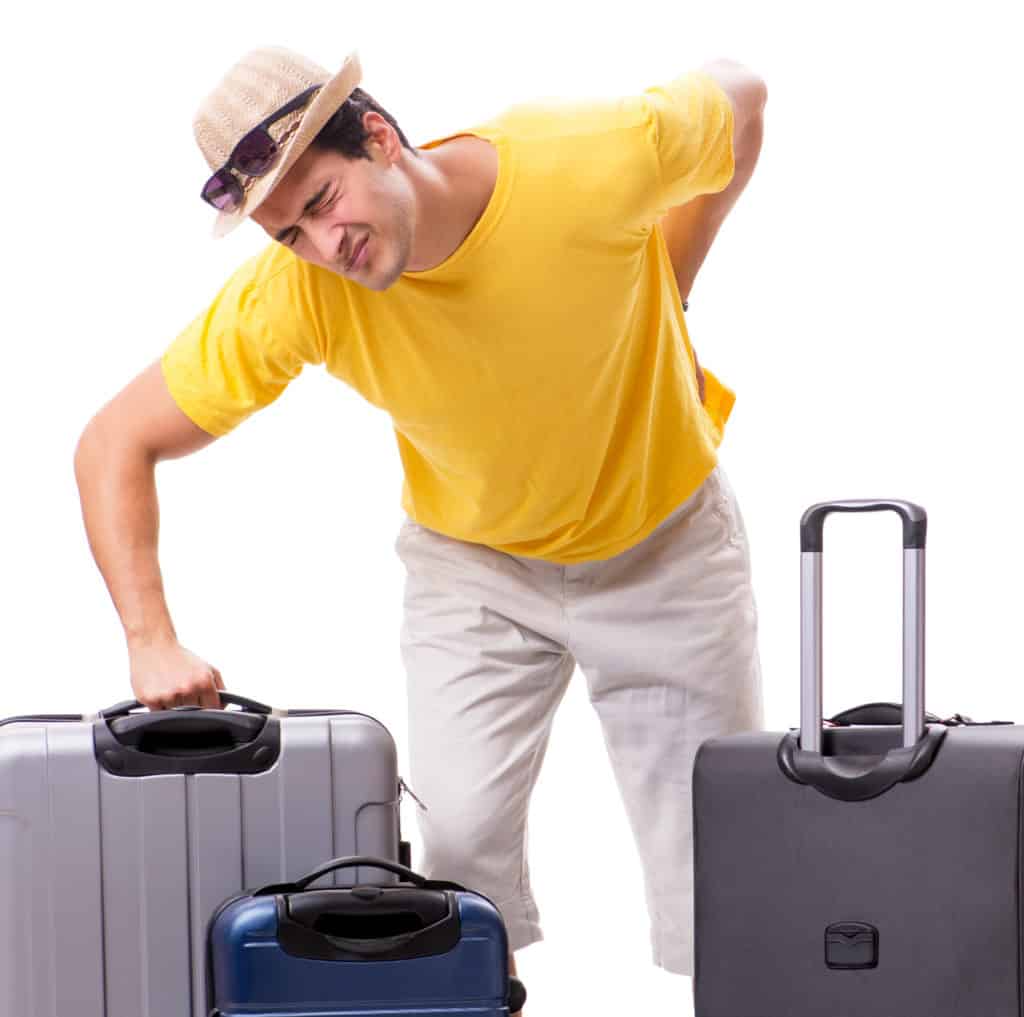
It always pays to be prepared! By following this advice, you’ll ensure that your trip goes according to plan, and is enjoyable – rather than a painful chore.
If you have back issues, book an appointment with a physical therapist before your trip. A physical therapist will help you to remain in the best possible shape to travel.
At Manual PT we can help make your back more flexible, and also loosen you up for the journey; utilizing movements that help with your range of motion, alongside therapeutic exercises. You can book a call through this page.
So, what if you are flying by plane?
This is perhaps one of the biggest fears for those suffering from back pain. The idea of being stuck in a small space with no legroom, little to no space in which to stretch, and all that turbulence can be the stuff of nightmares.
Unless you’ve got yourself a first-class ticket. But not everyone has access to that kind of money.
What you can do to make things easier for you, is opt for an aisle seat. It may cost a bit extra, but nothing like upgrading to first-class.
The aisle seat will allow you to stand up and walk around as much as possible. You should try to make a point of moving about every 30 minutes or so. Even if it’s just a walk to the toilet and back, as this helps to stretch the muscles.
If you end up stuck with a window seat, it’s highly likely that you’ll become more reluctant to get up regularly. The more introverted among us find it too awkward to ask fellow passengers to move for you each time, while others won’t ask as they can’t be bothered with the aggrivation.
However, with that said, we would still recommend that you get up as often as possible. If you don’t, you are far more likely to pay for it later in the trip.
By selecting an aisle seat, you can also avoid cramps (alongside other aches and pains) by aiding your circulation when you stand up. Sounds too simple to make a difference, right? Well – it makes a big difference!
Where possible, try some gentle stretching throughout the flight. Do stretches every half hour, to prevent your muscles from getting tight.
Set yourself an alarm on your watch (or mobile phone, but keep it in flight mode!) for a stretch break – but remember to keep the volume on mute and use a vibrating alert. You don’t want to disturb the other passengers – especially if they are trying to sleep!
Back Pain: Poor Posture
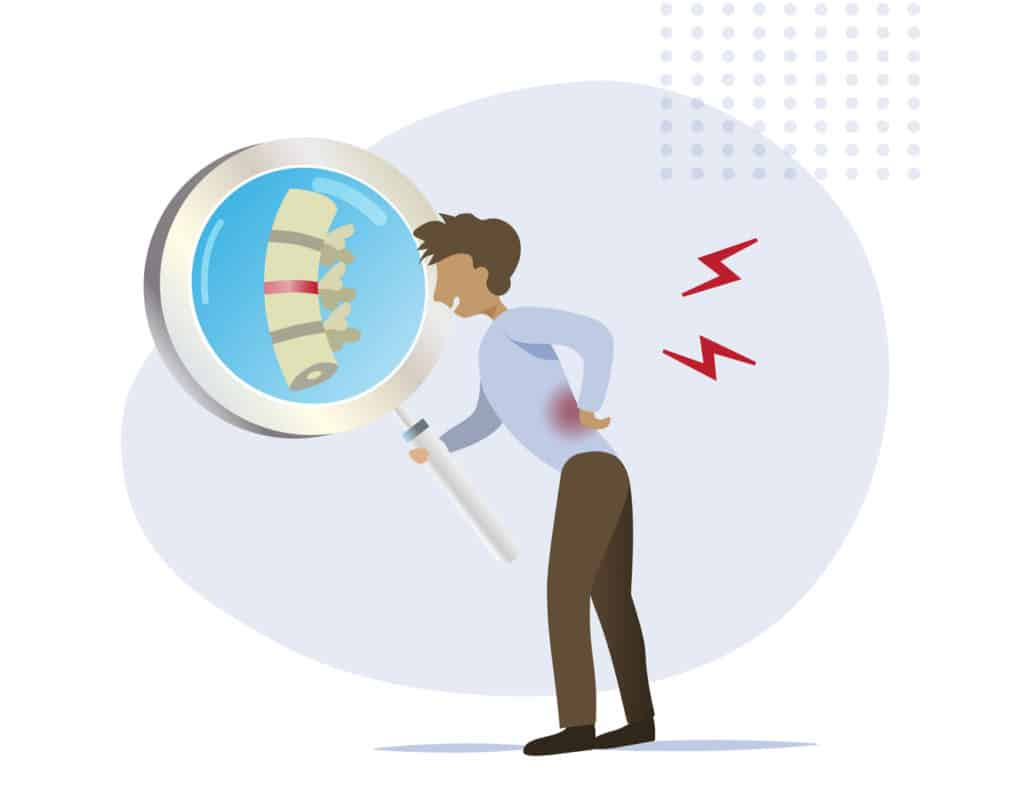
Poor posture is one of the biggest causes of back pain when traveling. Sitting in a plane is never the most comfortable of experiences, especially when traveling (as most of us do) in economy.
As tempting as it may be to slump down, or adjust the seat for a lower position, we’d recommend traveling in an upright position. This protects your back and keeps it straight.
If you are sleeping during the flight, then you’ll want to recline back.
Otherwise, make sure your seat is in an upright position. Especially when the in-flight meal arrives!Trying to eat while slouched back can place unnecessary stress on your arms, hands, and back. Not to mention the distress you can cause to your digestive system.
If you have chronic back pain, buy a support pillow to assist your lower back. Because – let’s be honest – those airline seats don’t really offer adequate support. Almost all airlines are the same, regardless of what the ads say.
Carrying a support pillow when you fly will help prevent major discomfort in this regard.
Furthermore, only carry essentials with you as a carry-on. You’ll want to avoid hauling heavy luggage with you around the airport and aboard the plane. Check-in your heavy luggage.
Carrying excess weight is one of the most common causes of back pain when traveling. If you do need to store heavy items with you on the flight, ask a flight attendant to assist you to help prevent putting any extra strain on your back.
Traveling By Train
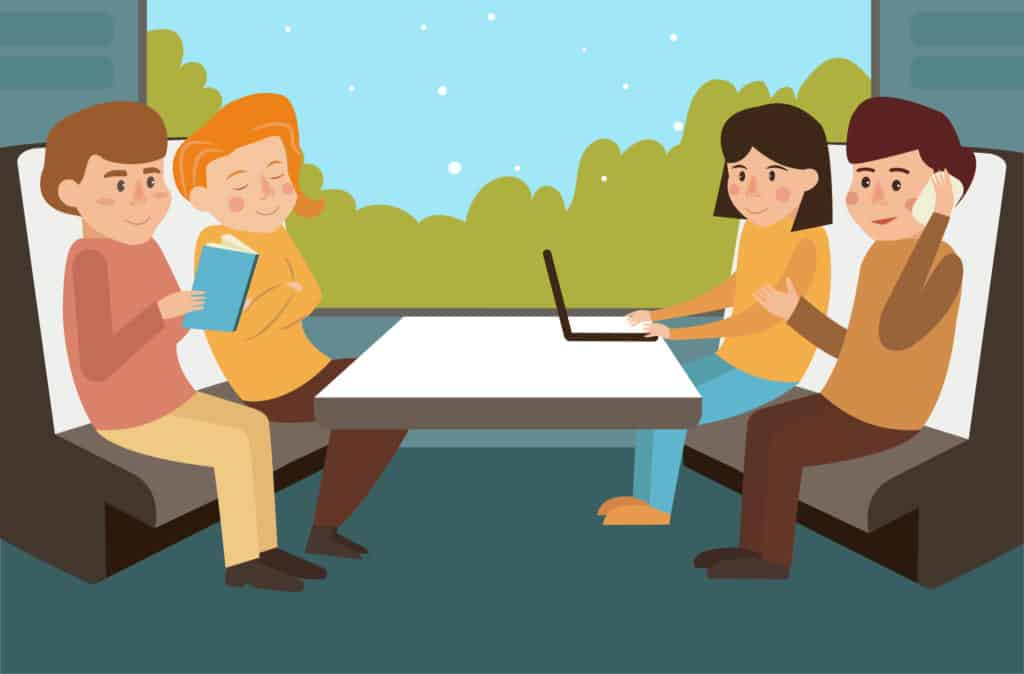
Likewise, book an aisle seat when you’re preparing for a train journey of any length. If you book in advance, rather than last minute, you’ll have a better chance of grabbing an aisle seat before other passengers book them up.
This might not always be possible when boarding busier trains (such as commuter lines), but where plane journeys offer a lack of space, train rides usually provide ample space to get up and stretch.
A train journey gives better scope for taking care of yourself, as passengers are less tightly packed, and there is less expectation for you to remain seated at all times.
To keep luggage light, try to pack only what you need. Try to use a luggage holder at a lower height at waist level, or below your seat.
You should also try and limit your tablet or laptop use on the fold-up table. These tables are not ergonomically correct to accommodate extended periods of time on these devices.
Doing so can cause stress on the neck and spine, which can lead directly to serious discomfort. So put that technology away if you can, and try to remain relaxed while traveling in your train carriage.
Rest comfortably against the seat with your shoulders in an upright position. Keep your feet flat on the floor. Don’t sit with your legs crossed!
At the risk of sounding silly, you need to get up and rotate everything – from your shoulder, to your ankle. Gently move your hips, too. These movements help to relieve stress on your joints if sedentary for long periods, preventing further pain and discomfort.
Traveling By Bus
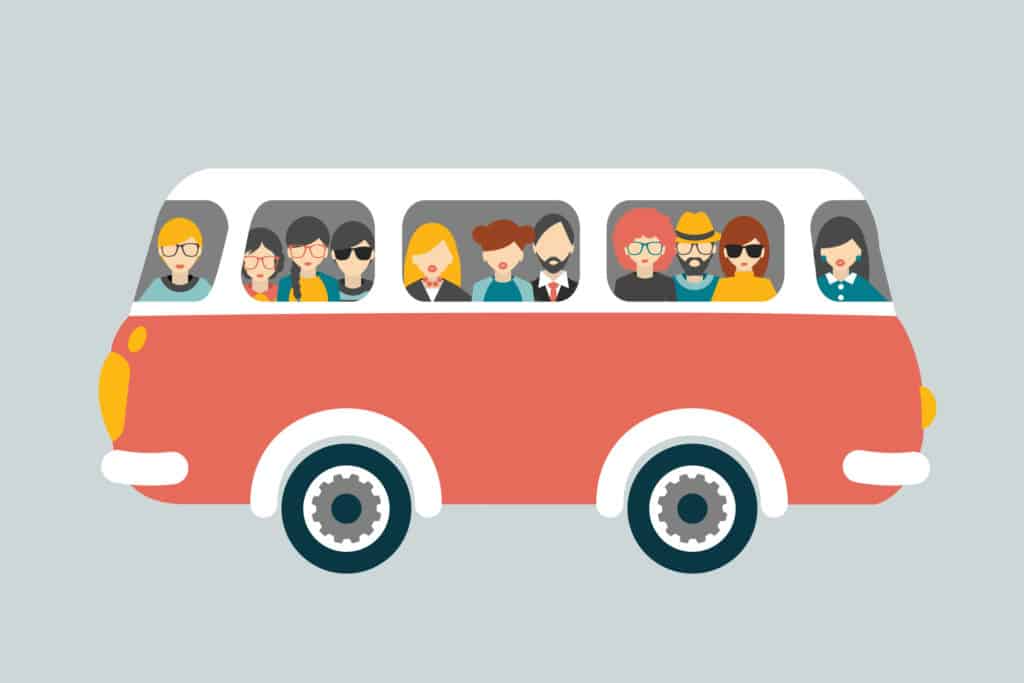
Going by bus can often be the most cost-effective way of traveling long distances. However, there is a drawback in that, unlike other modes of transportation, you don’t really have the feasible option of getting up and stretching.
Yet, you don’t have to discount the bus/coach as an option. These kinds of trips always incorporate a toilet or food stop, and during that time you should absolutely get a few back stretches, or a quick stroll in.
By doing so, you aid the blood circulation and prevent further discomfort in your lower back.
Drink Up!

Remember to stay hydrated with plenty of fluids, too, as this keeps fatigue at bay. Also, the more hydrated your body is, the less likely you are to feel stress on your hips, spine, and back muscles.
Remember – back pain is incredibly common. Suffering from back pain does not make you a freak of nature.
Don’t suffer in silence. Book yourself a Free Discovery Session, call us, or ask about cost and availability.
We’ll help ensure that your vacation goes without a hitch. We look forward to helping you – although we can’t do much about sunburn. So pack plenty of sun tan lotion!


